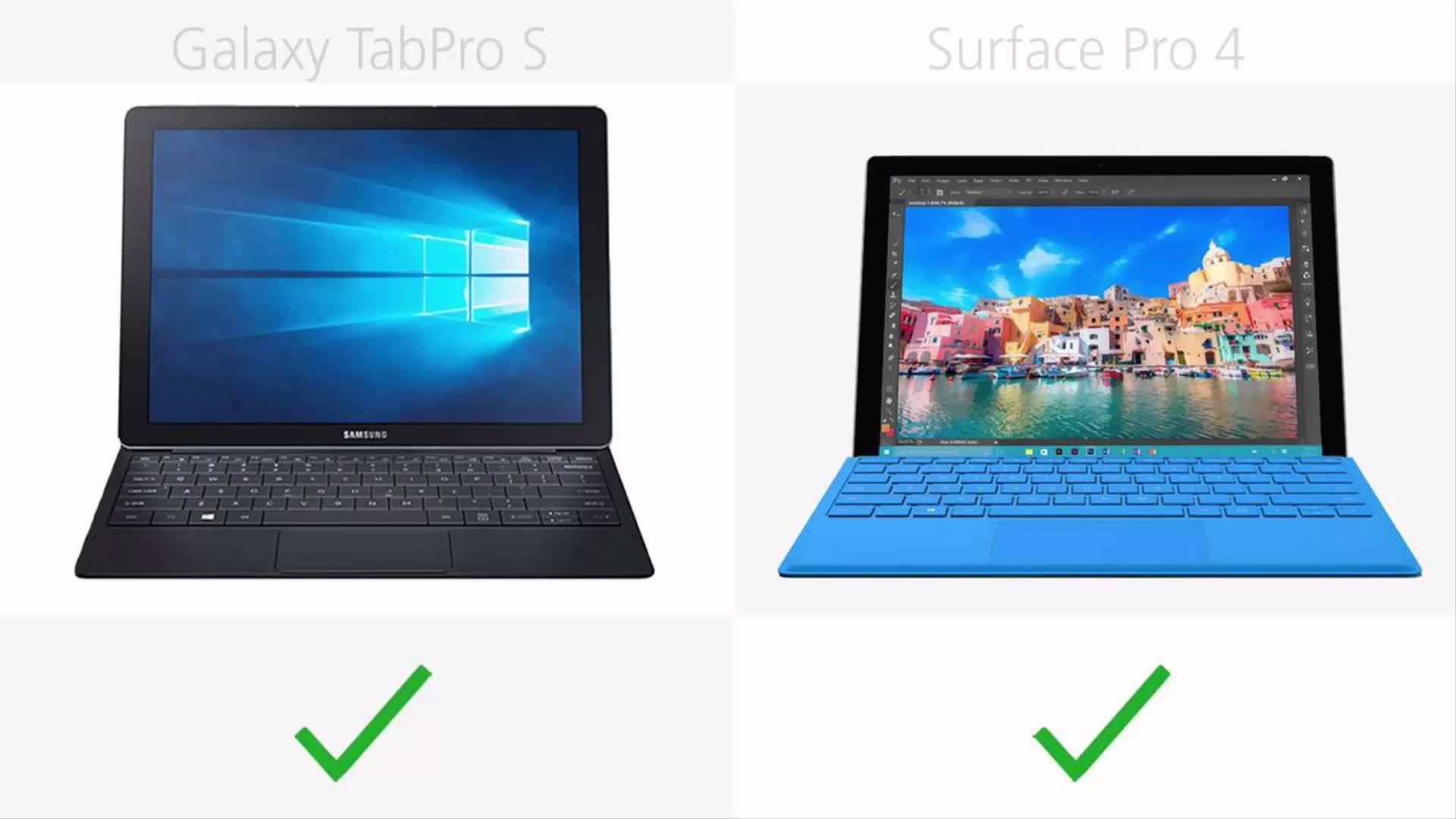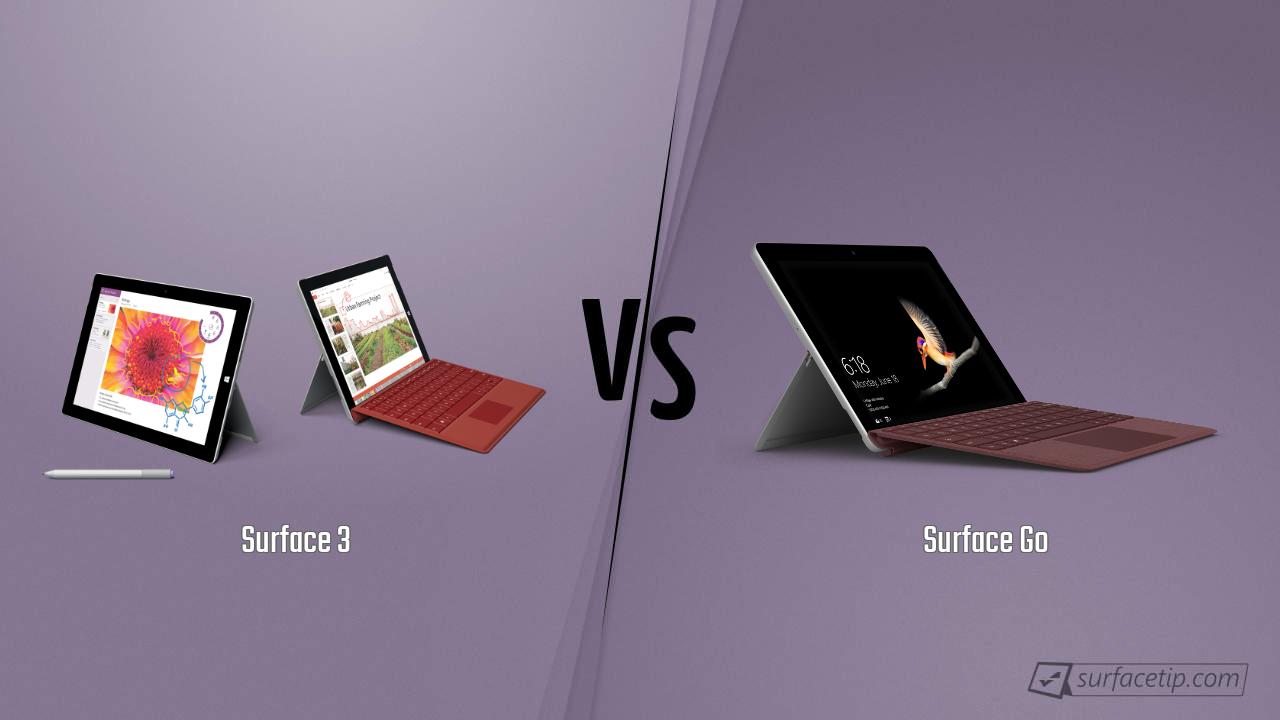

The larger display makes multitasking apps more practical, and, indeed, the reason for the slightly odd screen size is so that you can run two apps side-by-side using Split View in landscape orientation, with both displaying the full portrait interface you would see on a regular iPad. WaveMachine Labs’ Auria also offers support, fitting (in landscape orientation) 18 tracks on the mixer and up to 29 on the editor, compared to 13.5 tracks on the mixer and up to 24 on the editor on non-Pro iPads. Korg have updated Gadget so you can now see 10 Tracks and five Scenes in landscape mode, or seven Tracks and nine Scenes in portrait - standard iPads show seven Tracks and three Scenes in landscape and five Tracks and Scenes in portrait. Apple’s own GarageBand, as noted in the review, is able to offer three additional Tracks in Track View and can now display a smaller Tracks View when you’re in Instrument View. Existing apps run just fine on the larger screen, but they have to be specially optimised to actually take advantage of all the available pixels.

The display measures 12.9 inches diagonally with a resolution of 2732 x 2048 at 264ppi (Pixels Per Inch) and looks every bit as good as you’d expect. It can feel slightly weird to hold, particularly in portrait orientation, and it seems much more comfortable sitting on a desk.

The iPad Pro measures 8.68 by 12 inches with a thickness of 0.27 inches, and it weighs in at 713g, which makes it slightly heavier than the very first iPad, which weighed 680g. My first reaction when picking up the iPad Pro was basically ‘whoa’! The iPad Pro is, as others have noted, essentially a big iPad Air but it’s only when you pick the thing up - looking at pictures just doesn’t give an appropriate impression - that you begin to realise what this actually means. So in one corner is the entry-level iPad Pro with 32GB storage priced at £679 $799, and in the other is the entry-level Surface Pro 4 with 128GB storage priced at £749 $899.

Given the similarities between the two devices, and the fact that they both start around the same price, I thought it might be interesting to directly compare the two rather than discuss them individually. For Apple, it was the iPad Pro, an iPad aimed at those desiring a device more tailored towards productivity than content consumption, while Microsoft released a fourth-generation Surface Pro. Last year both Apple and Microsoft introduced new products representing each company’s vision for tablet computing. Both Apple’s and Microsoft’s flagship tablet devices are large, powerful and elegant.


 0 kommentar(er)
0 kommentar(er)
